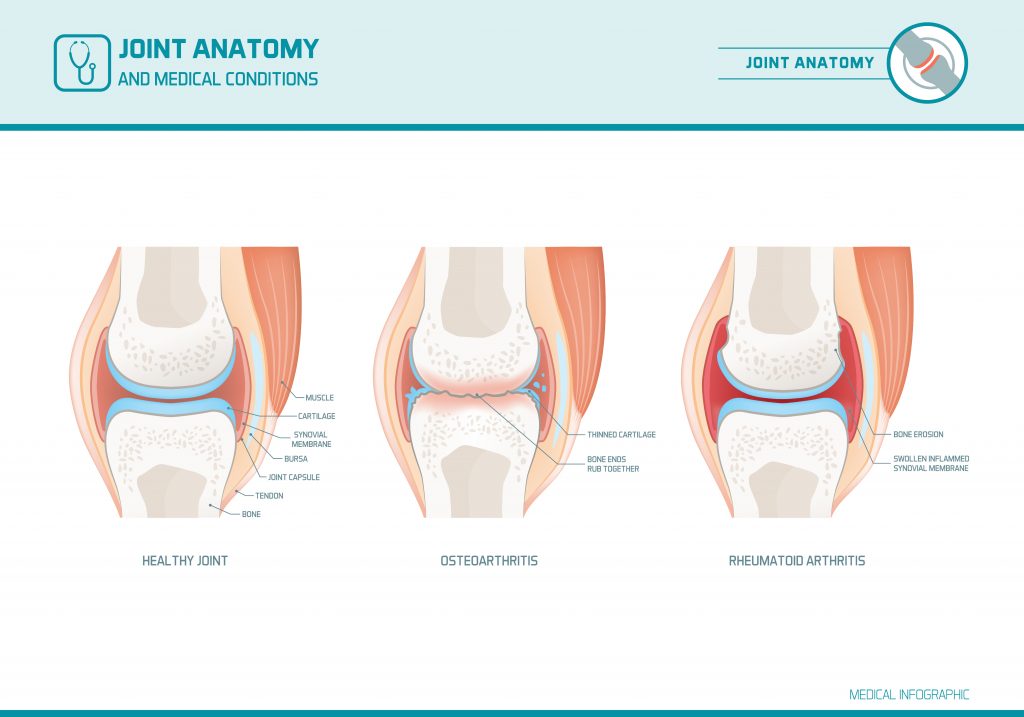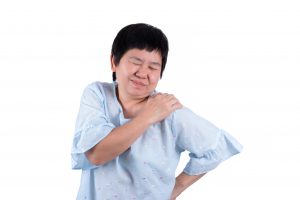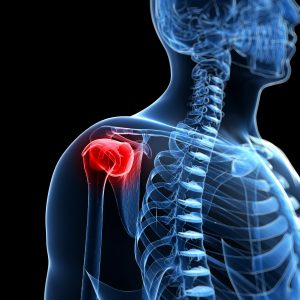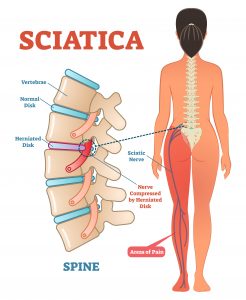Osteo v rheumatoid arthritis
A very commonly queried question – what the difference between the osteoarthritis and rheumatoid arthritis is. The answer is quite simple – quite a lot. Arthritis means ‘inflammation of a joint’, with arthron meaning joint and its meaning inflammation. As an osteopath we look at joints all day and are experts in our field when it comes to diagnosing and managing join conditions.
As osteopaths, we are very apt in explanation. This is vital in medicine for various reasons, primarily people need to understand what is going on in their bodies, and as primary healthcare practitioners we have a duty of care which is why we take this approach. Secondly bedside manner cannot be underestimated. Research has shown improvements in symptoms just by having a better bedside manner.

The rest of the blog will help explain how to differentiate between the two conditions, hopefully it shall help as a point of interest.
Degenerative v autoimmune
In the most basic terms, osteoarthritis is a degenerative condition (occurs over time, mainly due to overuse), and rheumatoid arthritis is an autoimmune condition (due to the body’s immune system attacking itself).
Osteoarthritis (degenerative) is where the cartilage that cushions the joints wears thin, which causes the bones to rub against each other creating inflammation. In the UK, it is estimated that 8.5 million adults are living with osteoarthritis, with the prevalence increasing with age – 13.9% of people over 25 suffer with it, but 33.6% over the age of 65 have it in at least one joint. The most likely demographic to get it being female and over 50 years of age.
Below are the common traits associated with osteoarthritis:
- Typically diagnosed in older people
- Usually one joint on one side
- Morning stiffness that lasts less than 30 minutes
- Pain after exercise and pressure on joints
- Progression of symptoms: slow
- Commonly found in larger, weight bearing joints (knees, hips, spine).
Rheumatoid arthritis however is where the joint surface gets inflamed due to a systemic (all body) auto-immune problem. The reason for this is unknown thus far, but we know it is through a a particular gene, therefore it can run in the family. There are far less people with rheumatoid arthritis in the UK, with currently 400,000 people with diagnosed rheumatoid arthritis. 1.5 men and 3.6 women per 100,000 diagnosed per year. To put this in perspective, around 12,000 people develop some sort of rheumatoid arthritis per year.
Below are the common traits associated with rheumatoid arthritis:
- Usually diagnosed in younger people
- Symptoms are commonly found in right and left joints at the same time
- Morning stiffness for longer than an hour
- Rapid onset over a small period
- Commonly found in the smaller joints – fingers, toes and jaw bones
Still confused?
As a recognised osteopath, I am trained to help you figure out the difference between the two. Hopefully this has explained a lot, but for more questions please contact the Movement and Wellbeing Clinic on:
info@movementandwellbeingclinic.co.uk
0161 209 3989
Ed Madeley MOst


